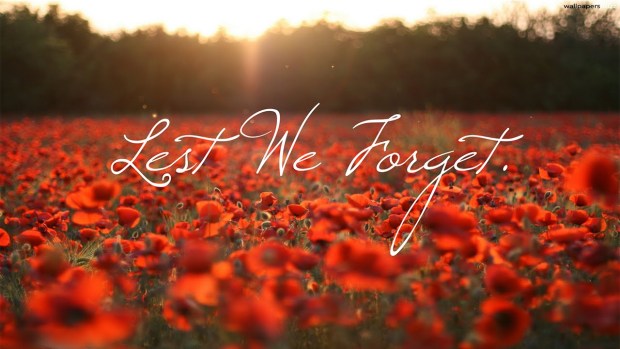
What is the significance of the poppy on Remembrance Day?
Remembrance Day (sometimes known informally as Poppy Day) is a memorial day observed in Commonwealth of Nations member states since the end of the First World War to remember the members of their armed forces who have died in the line of duty.
The red remembrance poppy has become a familiar emblem of Remembrance Day due to the poem “In Flanders Fields” written by Canadian physician Lieutenant-Colonel John McCrae. After reading the poem, Moina Michael, a professor at the University of Georgia, wrote the poem, “We Shall Keep the Faith,” and swore to wear a red poppy on the anniversary. The custom spread to Europe and the countries of the British Empire and Commonwealth within three years. Madame Anne E. Guerin tirelessly promoted the practice in Europe and the British Empire. In the UK Major George Howson fostered the cause with the support of General Haig. Poppies were worn for the first time at the 1921 anniversary ceremony. At first real poppies were worn. These poppies bloomed across some of the worst battlefields of Flanders in World War I; their brilliant red colour became a symbol for the blood spilled in the war.
 Source: https://en.wikipedia.org/wiki/Remembrance_Day
Source: https://en.wikipedia.org/wiki/Remembrance_Day

